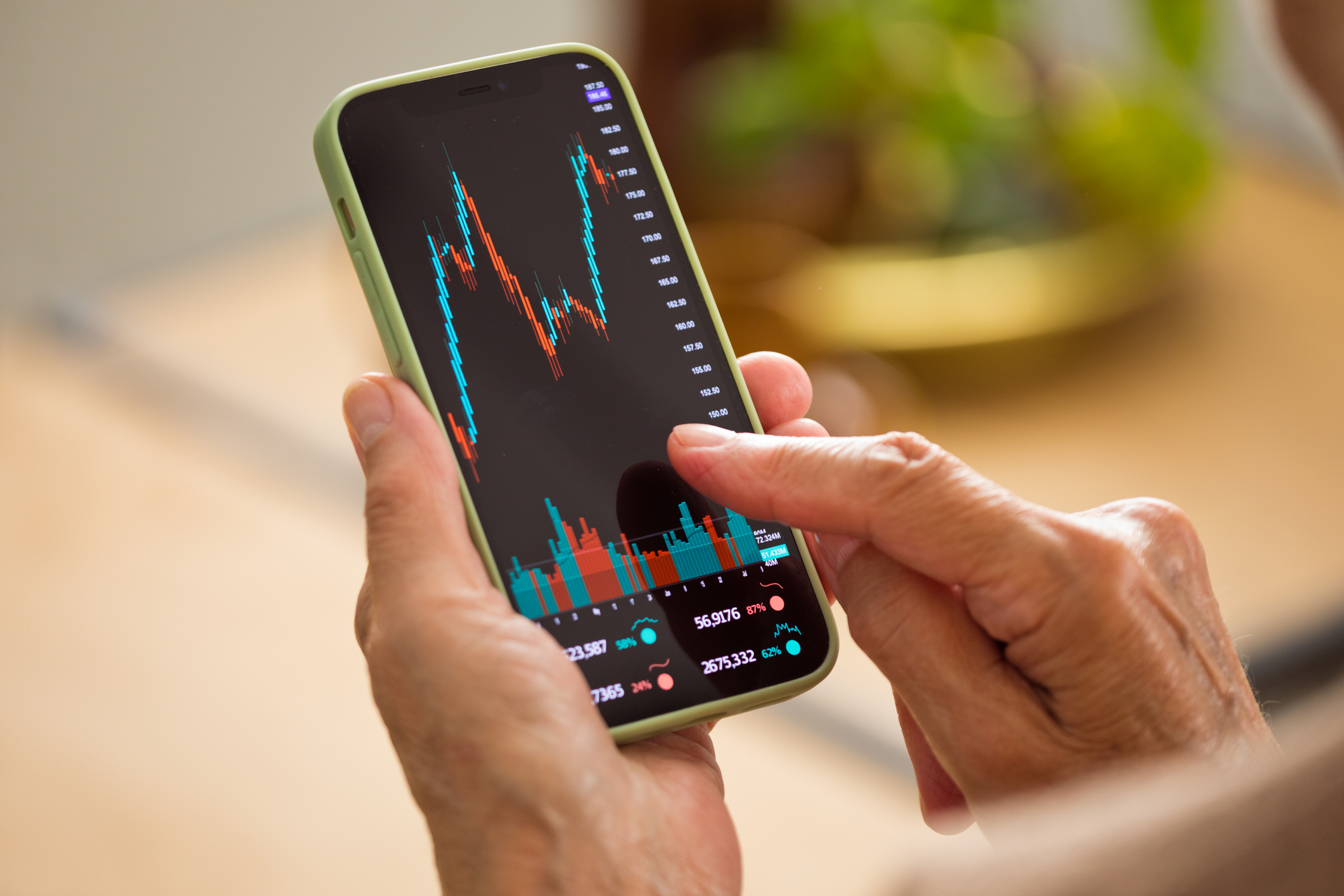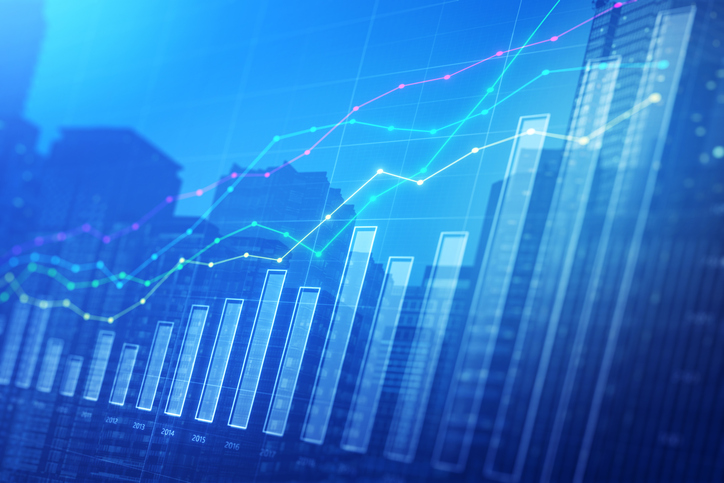Best Pimco Funds After Bill Gross
Just because the King of Bonds is gone doesn’t mean you should ignore his former shop’s offerings.

Investors who dumped their Pimco funds last year after Bill Gross left the firm may have cut off their noses to spite their faces. Gross left behind a wealth of talented managers, including some who ran funds that the former bond king had little to do with.
No doubt, his parting was momentous: Gross had cofounded Pimco in 1971 and had been the top dog of flagship Pimco Total Return since the fund launched in May 1987. For a time, Total Return was the world’s biggest fund, with assets peaking at $293 billion in 2013. Gross was also the de facto paterfamilias of the firm’s other 102 funds. As chief investment officer, he steered Pimco’s big-picture view of the economy and markets that then filtered down into the sector choices and bond selection at each fund. (Indeed, his reputation as a prickly boss may have been at the heart of why others at the firm wanted him gone in the end.)
When news broke last September that Gross was leaving Pimco for the Janus funds, investors staged a collective hissy fit. In 2014, they pulled out nearly $150 billion more from Pimco funds than they put in (to put things in perspective, that’s almost 30% of the $514 billion the firm held in total assets at the start of the year). Much of that money exited in the final quarter of the year.

Sign up for Kiplinger’s Free E-Newsletters
Profit and prosper with the best of expert advice on investing, taxes, retirement, personal finance and more - straight to your e-mail.
Profit and prosper with the best of expert advice - straight to your e-mail.
But it takes more than one person to build a fund firm with billions in assets. And although many Pimco funds have undergone management changes recently—almost half of all Pimco funds have managers who have been at the helm for less than one year—the firm still sponsors several standout funds. In our quest to identify Pimco’s best funds, we focused on those that have been run by the same manager for at least three years. Herewith, our favorite Pimco funds, two of which, surprisingly, invest mostly in stocks. Symbols, returns, yields and expense ratios are for class D shares, which can be purchased at many discount brokers without a sales charge. Returns and yields are as of February 12.
Pimco Income
Long the bridesmaid to Total Return’s bride, Pimco Income (symbol PONDX) is now recognized as one of the top bond funds anywhere, not just at Pimco. Morningstar anointed its comanagers, Daniel Ivascyn and Alfred Murata, bond fund managers of the year in 2013. And with Ivascyn the newly crowned king of Pimco—he is the firm’s uber chief investment officer—Income will get all the attention that a fund holding $40 billion in assets deserves.
The fund’s mandate is to generate consistent income and preserve capital, all while incorporating Pimco’s big picture outlook. And on that it has delivered. Over its eight-year history, Income has returned an annualized 9.6%, crushing the Barclays US Aggregate Bond index by an average of 4.5 percentage points per year. Since losing 5.8% in the annus horribilis of 2008, Income has delivered positive returns every year and never less than 4.6%.
Ivascyn and Murata divide the portfolio into two components: One part invests in higher-yielding securities, such as bank loans and non-agency mortgage-backed securities, that should perform well if the economy is strong; the other part holds higher-quality debt that will rally if the economy is weak, including U.S. agency mortgage-backed debt, Treasuries and foreign government bonds. Over the past year, the fund returned 5.7%, placing it in the top 10% of multi-sector bond funds. The fund boasts a 30-day yield of 3.8%. Annual expenses are 0.79%.
Pimco Investment Grade Corporate Bond
It’s hard to quibble with Mark Kiesel’s record. Since he took over Pimco Investment Grade Corporate Bond (PBDDX) in November 2002, it has returned 7.3% annualized, an average of 1.4 percentage points per year ahead of its benchmark, the Barclays U.S. Credit index.
As the fund’s name suggests, it invests mainly in high-grade corporate bonds (those rated at least triple-B). Kiesel’s strategy boils down to finding companies with a defensible niche in their industry that have long-term growth potential. “We’re trying to buy [debt in] companies with the strongest fundamentals, and we’re trying to buy companies with the most financial flexibility so they can pay debt down the fastest,” says Kiesel. “We’re looking for superior growth and barriers to entry.” The growth he’s talking about can be driven by long-term trends, such as growing spending by Asian consumers. Other times, the growth is more tied to what’s going on in the economy. Airlines, for instance, stand to benefit from more business- and leisure-related travel as the economy strengthens and spending rises, as well as low oil prices. “It’s a perfect storm,” says Kiesel.
Investment Grade Corporate, which holds $6 billion, has the latitude to own U.S. government bonds (27% of assets at last report), mortgage-backed securities (7%), foreign bonds (about 20%) and junk-rated corporates (7%), among other issues. But ultimately, Kiesel says, the fund’s success lies with the 100 or so Pimco analysts, traders and portfolio managers who help him “Our alarms go off at 2 a.m., and we’re in the office at 3 a.m. on a video call with Asia and Europe,” he says. “We outwork a lot of people.” The fund, which charges 0.91% for expenses, sports a 2.6% yield.
Pimco Dividend and Income Builder and Pimco Global Dividend
At heart, these are dividend-growth stock funds. But in fact, Pimco Dividend and Income Builder (PQIDX) holds a sliver of bonds (8% of assets at last report, managed by Dan Ivascyn and Alfred Murata), while Pimco Global Dividend (PQDDX) is a pure stock fund. But the stock-picking process for both funds is similar, says Brad Kinkelaar, a comanager of both funds (with Matt Burdett on Dividend and Income Builder and with Austin Graff on Global Dividend). The goal: to find companies anywhere in the world that pay attractive dividends and have the potential to increase them over time regardless of economic conditions. Among the 10 biggest holdings of both portfolios: Colony Financial, a Santa Monica, Calif.-based real estate investment trust; London-based Lloyds Banking Group; and Vodafone, a telecommunications company headquartered in the United Kingdom.
Kinkelaar came out of retirement in late 2011 to launch the two funds for Pimco. Before that, he had run a dividend-growth fund for Thornburg Investment Management, a Santa Fe, N.M., money manager, until 2009. Since its inception in December 2011, Dividend and Income Builder, which Morningstar categorizes as a global asset-allocation fund, has returned 12.3% annualized, beating the typical fund in its category by an average of 4.6 percentage points per year. Global Dividend, a global stock fund, has returned 13.0% annualized, trailing its category average by 2.4 points per year. (Kinkelaar says Global Dividend lacks a little shine when it is compared with its global stock fund peers because of its dividend focus.) Dividend and Income Builder yields 2.6%; Global Dividend, 2.2%.
Pimco Total Return (Honorable Mention)
With $135 billion in assets at last report, PimcoTotal Return (PTTDX) remains the biggest bond fund in the land. So in the wake of Gross’s departure, Pimco wasn’t going to assign management of Total Return to just anyone.
Enter Mark Kiesel, Scott Mather and Mihir Worah, the fund’s new managers. As longtime members of the firm’s investment committee—the group that makes the big-picture calls that many Pimco funds follow—the trio had been a part of Total Return’s process for many years, helping Gross generate ideas for the portfolio. They had also run their own funds all along. Kiesel still manages Investment Grade Corporate Bond. Worah is behind many of the firm’s “real return” strategies, which typically combine investments in futures linked to an index of, say, commodities, with inflation-protected bonds and other debt. And from early 2008 until Gross’s departure, Mather was a key foreign bond guy at the firm. As sole manager of Pimco Foreign Bond (PFBDX) and Pimco Global Bond (PGBDX), Mather outpaced the typical international bond fund during his tenure, from February 2008 to late 2014.
We’ll continue to watch Total Return closely—both because of its size and because its new managers have proved themselves at other funds. The fund yields 0.88%.
Get Kiplinger Today newsletter — free
Profit and prosper with the best of Kiplinger's advice on investing, taxes, retirement, personal finance and much more. Delivered daily. Enter your email in the box and click Sign Me Up.

Nellie joined Kiplinger in August 2011 after a seven-year stint in Hong Kong. There, she worked for the Wall Street Journal Asia, where as lifestyle editor, she launched and edited Scene Asia, an online guide to food, wine, entertainment and the arts in Asia. Prior to that, she was an editor at Weekend Journal, the Friday lifestyle section of the Wall Street Journal Asia. Kiplinger isn't Nellie's first foray into personal finance: She has also worked at SmartMoney (rising from fact-checker to senior writer), and she was a senior editor at Money.
-
 How AI Can Be Used in Investing
How AI Can Be Used in InvestingIt can't predict the future, but when used carefully, AI can be used in investing with stock picking, portfolio optimization and market analysis.
-
 Dow, S&P 500 Extend Win Streaks to 8
Dow, S&P 500 Extend Win Streaks to 8Strong earnings results for Magnificent 7 stocks Microsoft and Meta fueled upside in the equities market.
-
 The 5 Best Actively Managed Fidelity Funds to Buy Now
The 5 Best Actively Managed Fidelity Funds to Buy Nowmutual funds In a stock picker's market, it's sometimes best to leave the driving to the pros. These Fidelity funds provide investors solid active management at low costs.
-
 The 12 Best Bear Market ETFs to Buy Now
The 12 Best Bear Market ETFs to Buy NowETFs Investors who are fearful about the more uncertainty in the new year can find plenty of protection among these bear market ETFs.
-
 Don't Give Up on the Eurozone
Don't Give Up on the Eurozonemutual funds As Europe’s economy (and stock markets) wobble, Janus Henderson European Focus Fund (HFETX) keeps its footing with a focus on large Europe-based multinationals.
-
 Vanguard Global ESG Select Stock Profits from ESG Leaders
Vanguard Global ESG Select Stock Profits from ESG Leadersmutual funds Vanguard Global ESG Select Stock (VEIGX) favors firms with high standards for their businesses.
-
 Kip ETF 20: What's In, What's Out and Why
Kip ETF 20: What's In, What's Out and WhyKip ETF 20 The broad market has taken a major hit so far in 2022, sparking some tactical changes to Kiplinger's lineup of the best low-cost ETFs.
-
 ETFs Are Now Mainstream. Here's Why They're So Appealing.
ETFs Are Now Mainstream. Here's Why They're So Appealing.Investing for Income ETFs offer investors broad diversification to their portfolios and at low costs to boot.
-
 Do You Have Gun Stocks in Your Funds?
Do You Have Gun Stocks in Your Funds?ESG Investors looking to make changes amid gun violence can easily divest from gun stocks ... though it's trickier if they own them through funds.
-
 How to Choose a Mutual Fund
How to Choose a Mutual Fundmutual funds Investors wanting to build a portfolio will have no shortage of mutual funds at their disposal. And that's one of the biggest problems in choosing just one or two.